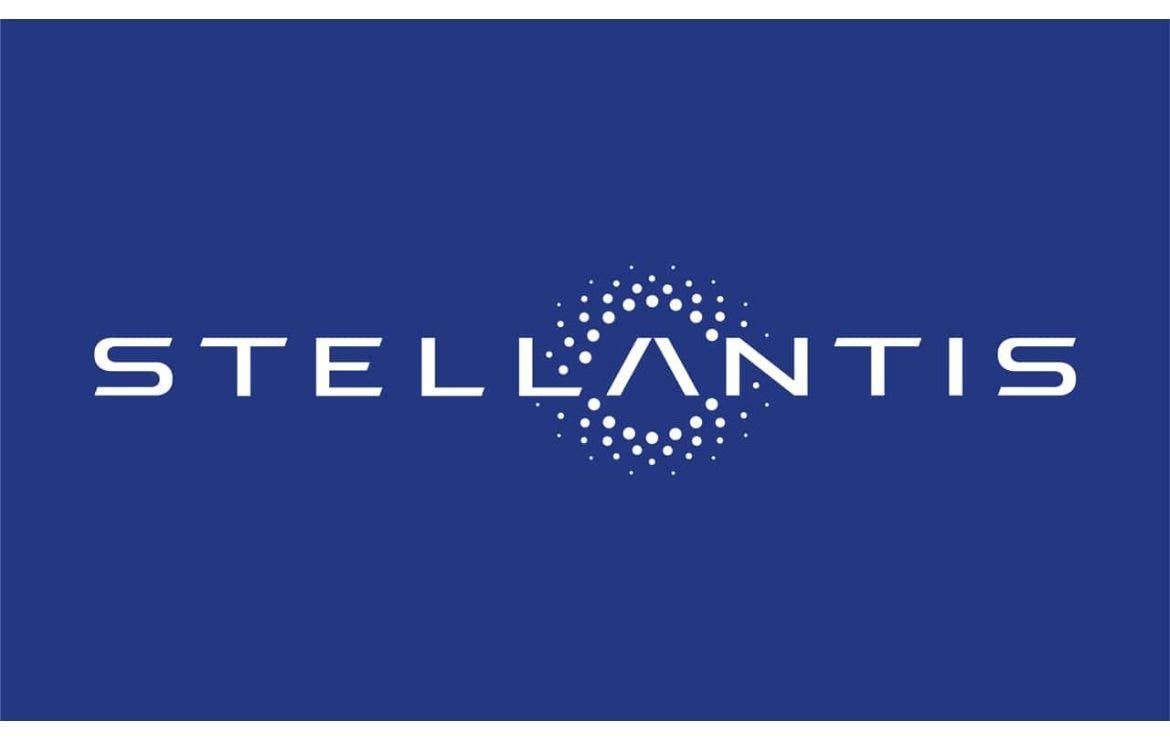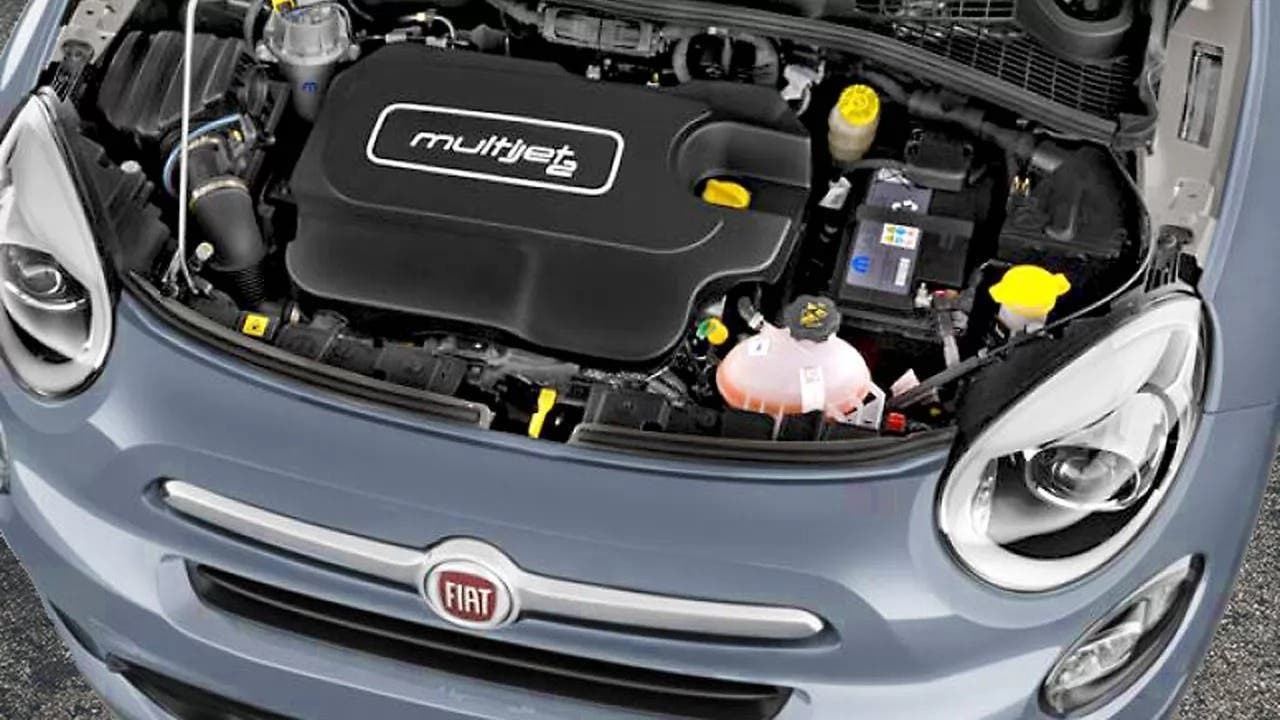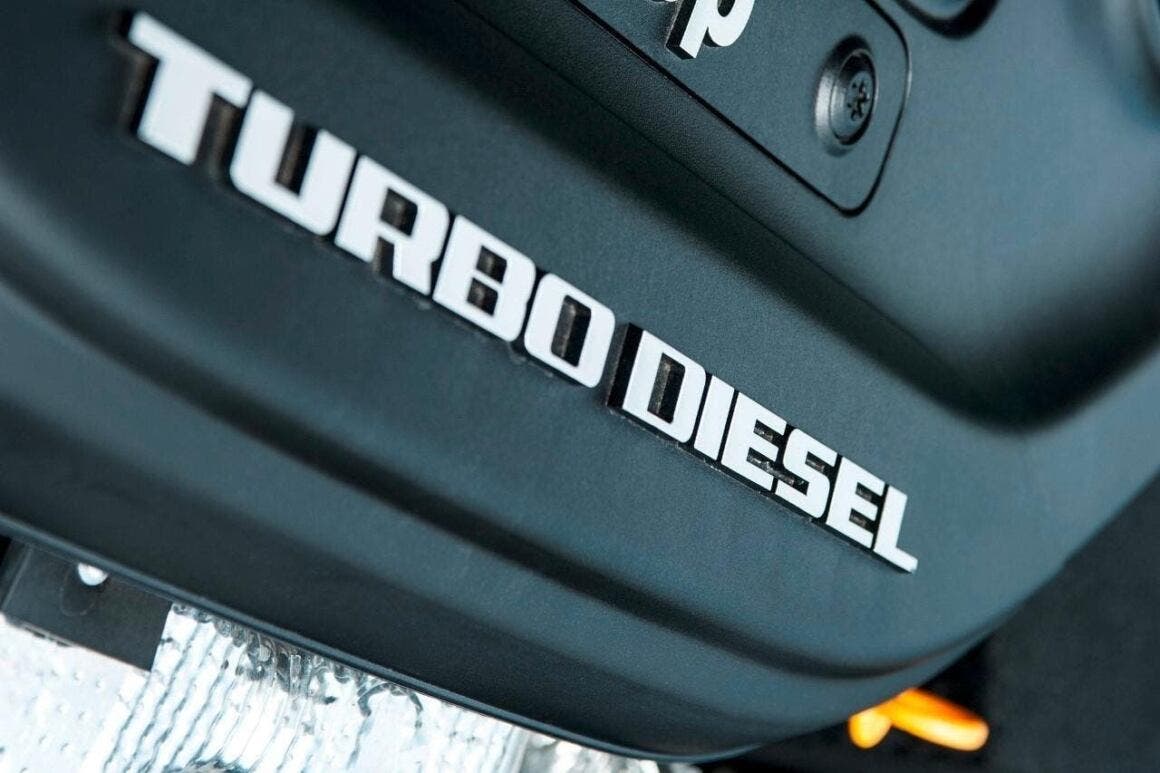The Stellantis group has decided to extend the use of 1.5 BlueHDi and 2.2 MultiJet diesel engines until 2030. These engines, previously used mainly for commercial vehicles but also present in models for the private market, represent a challenge for European car manufacturers in balancing the adoption of thermal and electric propulsion. Legislative regulations push towards a “zero emissions” oriented offering, but the transition remains expensive and sales are not taking off as expected. Additionally, manufacturers risk fines if the average CO2 emissions of their models exceed increasingly strict limits.
Stellantis has decided to extend diesel engine production until 2030

Stellantis has adopted a current strategy of increasing prices for petrol and diesel models, encouraging customers to consider purchasing electric vehicles. However, given the current situation, the Euro-American giant has decided to extend the use of thermal engines beyond initial forecasts. This move also includes extending the useful life of diesel engines currently in production, demonstrating a cautious approach to the transition towards electric mobility.
The four-cylinder turbodiesel DV5 engine, better known as 1.5 BlueHDi and produced at the Stellantis plant in Metz-Trémery, France since 2017, was initially destined to be phased out in 2025. However, according to colleagues at Les Echos, this engine will undergo a technical update that will allow it to remain in production and on the market until 2030.
The adjustment is necessary to comply with the Euro 7 regulation, which will come into force on November 29, 2026, for all newly approved models and will become mandatory for the entire range starting the following year. Beyond the updates required by emissions regulations, it is hoped that Stellantis will take the opportunity to resolve some reliability issues encountered over time.
Currently, in the French market, models such as the Peugeot 308 and Citroën C5 Aircross are among the last non-premium compact cars still available with diesel engines. Some direct competitors from the Volkswagen group, such as the Golf and T-Roc, still offer diesel variants, but according to our sources, they are gradually shifting towards hybrid propulsion. Renault, on the other hand, has already excluded diesel from the options of models such as the Symbioz and Austral.

The extension of DV5 engine production also represents an important opportunity for the Metz-Trémery site, where M2, M3, and M4 electric powertrains are also assembled. Currently, the plant is operating well below its maximum capacity due to lower-than-expected demand for electric vehicles. In parallel, Stellantis has decided to also update the 2.2 MultiJet four-cylinder turbodiesel, known internally as B.B2, of Fiat origin and produced at the Italian plant in Pratola Serra. This engine, currently intended exclusively for commercial vehicles, will see its production extended until the end of the decade.
The latest version of the MultiJet, introduced in 2024, has already been designed to meet Euro 7 regulation requirements. Its update will be implemented with the planned 2027 restyling of some Stellantis commercial vehicles, such as the Fiat Ducato, Peugeot Boxer, and Opel Vivaro. According to the economic newspaper, the group might even consider a new variant of this engine for passenger cars.
Furthermore, the recent departure of Carlos Tavares from his position as CEO of Stellantis would have favored the approval of some projects that until recently were blocked at lower management levels. These might include new strategies for the diesel sector, which demonstrate how the automotive giant is not yet ready to completely abandon thermal engines, despite the push towards electrification.

